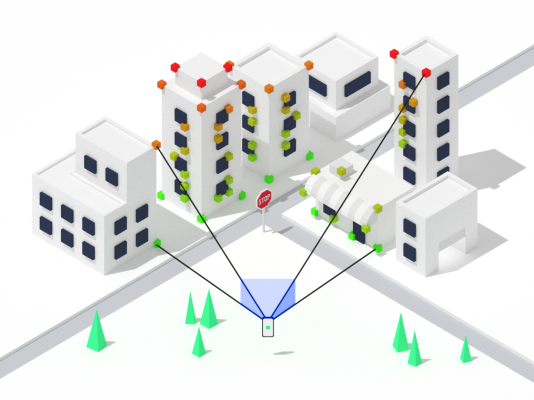For those who take public transit in Milpitas, their rides are expected to “dramatically” get better under a new pilot program.
Milpitas plans to spend $1.3 million on an “on-demand” shuttle program to improve public transit for riders by making it more convenient and easier to connect between existing transit services in the city, such as BART and VTA light rail trains.
The city is contracting with RideCo, an Ontario-based consultant, to launch the “micro-transit” program dubbed Milpitas OnDemand.
It’s intended to last 18 months, and will allow people to hail a shuttle ride at nearly 100 “virtual stops” around the city — near spots like community mailboxes, specific intersections, and existing bus stops — “ensuring that no passenger is ever more than a five-minute walk from their nearest virtual stop,” according to a city staff report.
From the virtual stop, passengers can ride to one of four ”hubs”, including City Hall, Metro Center Hub, Alder Station, and the Milpitas Transit Center, which are close to widely used transit connections, such as BART, light rail, or buses.
Riders can also catch a shuttle from any hub to any virtual stop.
City reports say that while some areas of the city already have good access to transit, such as the dense newly developed neighborhoods close to VTA stops and the BART station, much of the city is underserved by transit.
“Several areas in the city are within a half-mile of an existing or planned major transit stop or an existing stop along a high-quality transit corridor, which is defined as a corridor with fixed route bus service at intervals no longer than 15 minutes during peak commute hours,” city reports said.
“However, the entire eastern half of Milpitas, which houses many of the city’s residents who primarily commute to other cities for work, lies outside these well-served areas,” the report reads.
Some key employment centers along the western edge of the city are also considered underserved by public transit, city reports said, and could see improvements in connections to transit through the program, including McCarthy Center, California Circle, and part of the Southwestern Employment Area.
The Milpitas OnDemand program intends to “dramatically” improve transit coverage, coverage, waiting times, and the amount of time people ride in a vehicle.
While riders of the current VTA bus routes in Milpitas may wait 20 minutes or more between buses, city reports say the shuttle riders would never wait more than 15 minutes, and on average, will typically “wait closer 10 minutes or less for pickup.”
The service will usually take “just a few minutes longer than driving solo,” improving trip times for daily commuters.
“The overall result is a more efficient and user-friendly transit system that will ultimately grow net ridership” as the city grows and emphasizes building housing and job centers near public transit.
The service will be launched with seven minivans, three of which will be fully accessible to people with disabilities, “and will primarily serve daily commuters who work at or near the fouridentified hubs, as well as commuters who take fixed-route transit to and from work.”
Riders can access the service through an app, similar to ride-hailing services like Uber or Lyft, and from the app can select an option if they need accommodations for wheelchair access or other assistance, city reports said.
The app will offer users live updates on wait times when booking, and shows riders a guaranteed “arrives before” time with each booking.
Rides will cost $2.50 for a standard adult fare, and $1 fares for riders who earn lower incomes, who have disabilities, or are under 18.
In some cases, city officials think the ride service could cut costs for commuters, especially those who drive to BART, where parking is $3 per day.
The program’s overall cost is expected to be $1,355,916 for 18 months. The bulk of the money is from a Valley Transportation Authority “Innovative Transit Service Models Program” grant of a little less than $1.1 million, funded by Santa Clara County tax Measure B money, which was awarded to the city.
Milpitas also received a $200,000 contribution from developers Embarcadero Capital Partners and Bride Development, which will help fund a future shuttle program near a hotel development they are planning to build on McCarthy Boulevard, city reports said.
The remaining roughly $71,000 will be initially paid for from the city’s general fund, and is expected to be reimbursed by fares collected during the pilot program.
The cost to operate the program is pegged at $1,280,916 over 18 months, and about $75,000 has been budgeted for marketing costs.
The city’s conservatively estimates it will collect $111,600 in fares over the life of the program, which is based on ridership leveling out to about 120 daily riders within six months of operation. Under a “high ridership scenario of 420 rides per day, the fare recovery would reach $390,600,” city reports said.










